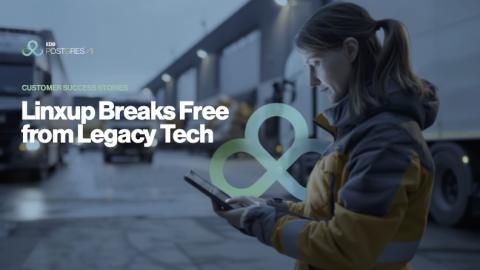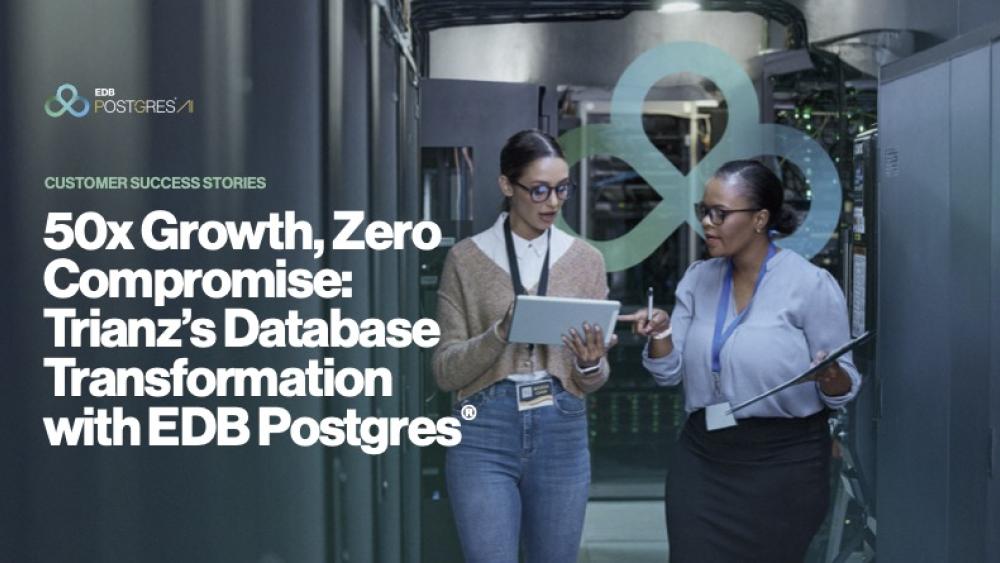Linxup Breaks Free from Legacy Tech
Linxup develops vehicle and asset tracking solutions for fleets and service companies in a variety of industries, delivering powerful but easy-to-use GPS solutions through a software-as-a-service platform. Tracking more than 200,000 vehicles, the company was processing a whopping 11 TBs of data, and its systems were bursting at the seams. An upgrade was necessary, but Linxup worried that it would cause days of downtime, unacceptable for their customers. Finally, they decided to work with EDB.




